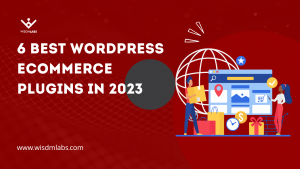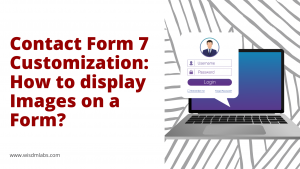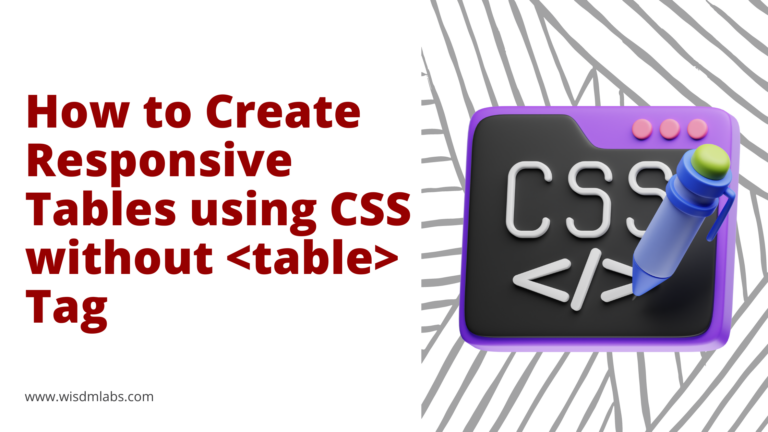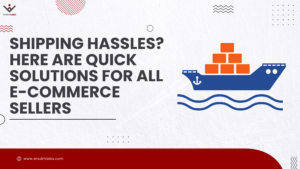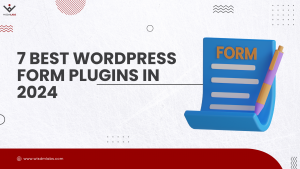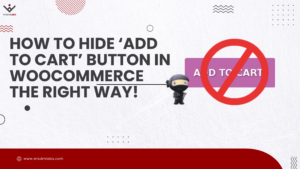[su_note note_color=”#ffffba”]This is a Guest Post by Shahzad Saeed, a freelance blogger and content marketer who has been featured in top internet marketing blogs like Problogger and John Chow several times. Connect with him on Twitter @shahzadsaeed and LinkedIn.[/su_note]
 Let’s face it- there are two ways to generate more revenue from your e-commerce store; either by driving more traffic to your store in order to make more sales, or by boosting sales by simply optimizing your website without increasing the traffic.
Let’s face it- there are two ways to generate more revenue from your e-commerce store; either by driving more traffic to your store in order to make more sales, or by boosting sales by simply optimizing your website without increasing the traffic.
As acquiring each and every customer is going to cost you, evaluating your store’s sales funnel and thus focusing on your conversion rate is vital to improve your overall return on investment.
That being said, how would you generate more revenue without increasing traffic to your store?
Here are a few ways.
- Convert more visitors into customers
- Increase each customer’s order value
- Entice customers to return, in turn generating more sales.
[space]
Focus on the right KPIs
Key Performance Indicators (KPI) is a metric that is vital to the success of your business. It totally depends on company’s objectives and shows whether a business is moving towards these objectives or not. That said, focusing on the right KPIs can help you ensure that you are not going off the track.
There are a lot of tracking tools that can tell you the most accurate KPIs for your store including Google Analytics and RJMetrics.
Let’s take a look at some important e-commerce metrics below.
1. Conversion Rate
Conversion rate tells you how many of your visitors end up reaching your target goal- in our case buying a product from the store.
Here is how conversion rate is calculated:
Conversion rate (%)= (Total number of sales) / (Total number of visits) x 100
In order to get the best results by tracking the conversion rate, make sure you break it down into email conversion rate, checkout page conversion rate, paid ads conversion rate, referral program conversion rate, etc.
2. Average Order Value
When conversion rate reveals how many people actually buy from your site, the average order value reveals how much money each order brings in.
Average order value is calculated as follows:
Average order value = (Sum of Revenue Generated) / (Total number of Orders)
Calculating AOV for all customers can be used as a comparator for all marketing acquisition campaigns. It will even help you evaluate your overall online marketing and pricing strategy.
3. Shopping Cart Abandonment Rate
The metric, shopping cart abandonment rate shows you the percentage of your visitors who added products to the shopping cart but didn’t complete the checkout.
It is calculated as follows…
Shopping cart abandonment rate = (Total visitors who didn’t complete the checkout) / (Total visitors who added products to the cart) x 100
Recommended reading: The 7 Biggest E-commerce Mistakes You Can Easily Avoid
[space]
From Monitoring KPIs to Generating more Revenue- Actionable Strategies
In the above section, we’ve seen three important KPIs that can help you increase the revenue of your store without increasing the traffic to your store.
Now with a few real examples let’s look at the next step – what does each indicators mean to your e-commerce business goals and how would you use this metrics to make a real impact on increasing the revenue.
Let’s get started
1. Increasing Conversion Rate
It doesn’t matter how much effort you put into driving traffic. Unless you are making sales your business isn’t going to succeed.
By increasing the conversion rate of your store you’re making more visitors to buy from your e-commerce site and thus generating more revenue. Here are a few ideas to increase conversion rate of your store.
#1: Create a Sense of Urgency
Shoppers often procrastinate. And the worst thing, they often forget to buy those products later.
Creating a sense of urgency will help convincing your buyers to purchase immediately and stop procrastinating. Displaying low stock indicators and time sensitive shipping are some of the common practices in the e-commerce industry to create a sense of urgency.
#2: Improve the user experience of your store
Increasing the user experience of your store can have a big impact in increase in the sales and thereby revenue.
By improving the user experience you’re making it easier for your customers to buy from your store, which can positively impact in increasing the revenue.
Here are a few usability hacks that can make a positive impact in sales.
- Make the site navigation easier.
- Make the search bar prominent on your site
2. Increasing ‘Average Order Value’
Here are a few practical tips to increase the AOV of your store.
#1: Offer Discounts on a Minimum Spend Threshold

Offering discounts for a minimum spend threshold can be a good strategy for convincing your users to spend more while making a purchase.
#2: Upsell

This is one of the most common tactics to increase the average order value. In fact, a study of Predictive Intent’s e-commerce customer base, upselling drives an average of over 4% of sales. And in terms of driving sales it is 20 times better than cross selling by displaying recommended products.
Here are a few ideas for upselling your products.
- Add-on sales: Sell additional products or services along with the actual sales. For example, when selling electronic products like laptop, you can sell 2 years additional warranty.
- Product bundles: Offer various products altogether as a bundle for a discounted price.
3. Reduce Shopping Cart Abandonment
According to Baymard.com, the average documented online shopping cart abandonment rate is about 68.53%.
The reasons for shopping cart abandonment can be many. Some of them are
- Shipping costs
- Lack of discount coupons
- Complicated checkout process
Here are a few methods to reduce the shopping cart abandonment rate.
#1: Display Shipping Fees Prior to Asking Payment Info
One of the main reasons for the shopping cart abandonment is unexpected shipping cost. Displaying shipping fees in the early stage of a sales funnel can reduce the abandonment rate to a great extent.
#2: Reinforce your Privacy Statement on the Payment Page
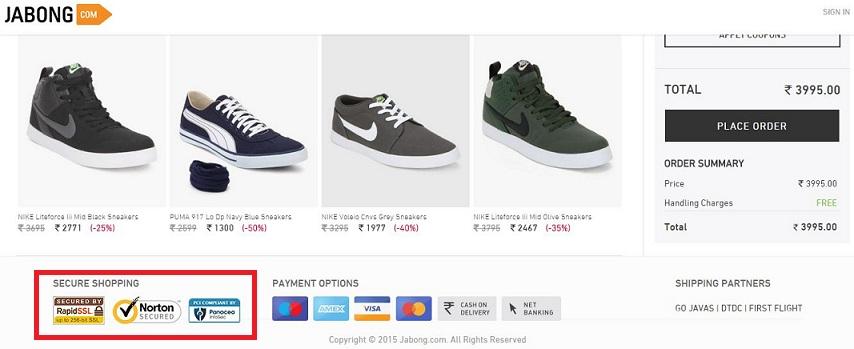
Even though it’s been many years since people started buying products online, still many are concerned about providing their payment info and personal information online. Adding a security seal like McAfee secure to your payment page offer a sense of security to such buyers and is a good strategy to reduce the cart abandonment rate as well.
[space]
KPIs are milestone for the success of your e-commerce stores. Monitoring the right KPIs helps you track the progress of your business goals.
Once you set your business goals and selected KPIs for your store, make sure you monitor those metrics on a regular basis, even daily.
What are the Key Performance Indicators for your store? Share your thoughts with us in the comments section.
[space]
[freepik]

